The impact of ‘before’ and ‘after’ in fiction writing: Tacit and explicit chronology of action17/2/2020
When the order of characters’ movements is told with the words ‘before’ and ‘after’, there’s a risk that readers will focus on timeline rather than story. That distraction can reduce engagement and dumb down the writing.
Here’s what to look out for and how to fix the problem.
In this article, we’ll look at tacit and explicit chronologies of action, and assess which style of writing is more immersive and why.
Why writers include ‘before’ and ‘after’ The inclusion of ‘before’ and ‘after’ to tell the order of play is not an indication of poor grammar – not at all. There’s nothing grammatically wrong with these constructions.
More usually, it’s an indication of insecurity. The author hasn’t learned to trust the power of their words on the page, or the ability of their readers to perceive the meaning behind those words.
It’s also why writers sometimes use several adjectives with similar meanings rather than one strong one, or an adverbial phrase to fortify a weak verb. Some authors also fear that their writing will come across as too ‘plain’ or ‘simple’. Chronological nudges are an attempt to ornament the prose. Tacit chronology of action The things that we do occur in a sequence; they have a chronology. This is as much the case in real life as it is on the screen, in an audiobook and in the pages of a novel. That chronology is tacit – we don’t need to explain it because it’s understood. Take a look at this excerpt from The Devil’s Dice by Roz Watkins (p. 79, HQ, 2019): Watkins doesn’t tell us explicitly that the shuddering occurred before the laptop was put down, or that the laptop was moved before the character shifted the cat onto their knee. And yet we know. The sequence of events is implied by the order in which she places each clause. It’s tacit.
And that’s the thing with strong line craft – it allows the reader to immerse themselves in the chronology of action by showing us, clause by clause, what’s transpiring, instead of tapping us on the shoulder and telling us. Explicit chronology of action Let’s recast the Watkins excerpt with some explicit taps on the shoulder:
I shuddered before putting the laptop down, then manoeuvred Hamlet onto my knee. After leaning in, I breathed in his subtle, nutty cat smell.
I see this use of timeline nudges frequently in the fiction writing of less experienced authors, and it’s problematic when overused. Here’s why. 1. Some readers might feel patronized Not every reader will notice the use of chronology nudges. But some will, and since no author wants to alienate a chunk of their readership, why push the story over a cliff when we can work out the sequence of events from the order of the words? Telling readers that X was done before doing Y, or after doing Z, is akin to saying: ‘Hey, just in case you’re not clever enough, let me spell it out for you.’ It’s a dumbing-down that readers in the know won’t appreciate. 2. The inclusion is unnecessary If you’re still not convinced, ask yourself whether the inclusion of ‘before’ or ‘after’ as timeline nudges is necessary. It often isn’t. If a character’s shuddering occurs at the beginning of a sentence, the reader will assume that shuddering is what’s happening right now. If a new action follows that shuddering, the reader will assume that – just like in real life – the moment has passed and something else is happening in the new now of the novel. 3. The reader is focused on the wrong thing When writers create immersive fiction, the reader feels as if they are in the moment – this is happening, now that, now the other. ‘Before’ and ‘after’ are distractions that focus the reader on when rather than what’s happening. The former is telling; the latter is showing. 4. There are more words than are necessary Not enough words leaves readers hungry for clarity. Too many gives them indigestion. The artistry comes in the form of balance. As long as the sequence of events can be understood by the reader, consider whether timeline nudges such as ‘before’ and ‘after’ are cluttering your prose.
The power of tacit chronology – more examples
Take a look at these pairs of narrative text, each of which has a shown tacit chronology and an alternative told explicit sequence. Which versions are more suspenseful? Which are most immediate? Which flow better when you read them out loud? I’ve used examples from published fiction for the tacit versions, and taken a little artistic licence – altering them in ways their authors never intended – for the explicit chronologies. In the original version, the ‘and’ between the initial breath and the walk into the kitchen is a fine example of the power of a conjunction. It’s almost invisible, which gives us the space to take that breath with the viewpoint character. And having taken it, we’re ready to go into the kitchen with them. In the edited version, ‘before’ pulls us away from that moment. The tension has fallen out of the sentence.
In the original version, it’s as if we’re in the room, watching the man as he smiles and leans back. There is space for that action to have its moment. Then he blows the smoke – that’s the new moment; we’ve left the other behind. In the edited version, ‘after’ shoves us past the leaning back and smiling before we’ve had a chance to savour it. It’s already gone, even though we’re still reading about it.
In the original version, Crichton shows us the action. Perhaps, like me, you can hear the chunter of the helicopter blades in the air. Who’s in this helicopter? Men in uniform. They jump out. What will happen next? We’re shown: they fling open the door. There’s a sense of order, of clandestine and militaristic precision. In the edited version, ‘before’ saps the suspense from the final sentence. We’re focused on the timeline rather than the action. Summing up The table below summarizes the impact of tacit and explicit chronology on prose.
Take a look at your narrative. If ‘before’ and ‘after’ are telling rather than showing, recast gently and reread out loud. Is the order of play still clear? Is the prose more immersive? If so, there’ll be fewer words but what’s there will be all the richer.
And if you’re worried that your prose will be too plain, think again. Immersive writing allows the reader to decorate the story with their own imagination.
Louise Harnby is a line editor, copyeditor and proofreader who specializes in working with crime, mystery, suspense and thriller writers.
She is an Advanced Professional Member of the Chartered Institute of Editing and Proofreading (CIEP), a member of ACES, a Partner Member of The Alliance of Independent Authors (ALLi), and co-hosts The Editing Podcast.
14 Comments
17/2/2020 07:11:34 pm
Once again, Louise, you've managed to encapsulate ideas that directly support the work I do with first-book authors. Your succinct presentation of show/tell, the smooth read, and emphasis on action instead of 'when' is wonderful, simple, and effective.
Reply
Louise Harnby
17/2/2020 09:30:58 pm
Thanks so much, Maria! This is something I think we both come across a lot with less experience writers.
Reply
17/2/2020 11:20:43 pm
Thank you! Tacit chronology is one of those expressions I didn't know I was looking for but it describes what I often try to get across to writers.
Reply
Louise Harnby
25/2/2020 05:03:03 pm
It took me a little time to think about the best way to express it. I played with several terms but that seemed to fit the best! Thanks, Michele.
Reply
18/2/2020 12:46:08 am
Thanks for this. It's all good advice and I especially appreciate your examples. I will be posting the link on my blog.
Reply
Louise Harnby
25/2/2020 05:02:11 pm
Cheers, Rosi. Glad you liked it, and the examples!
Reply
18/2/2020 11:08:09 pm
Love this post, Louise! I'm a repeat offender trying to reform! LOL!
Reply
Louise Harnby
25/2/2020 05:01:30 pm
Thanks, Felicia! It's such an easy thing to miss until you start looking for it!
Reply
27/2/2020 02:57:07 pm
Great post. I'm going to check my manuscripts for the use of before and then. I'm sure I'll find places where they can be deleted.
Reply
Louise Harnby
10/3/2020 06:27:17 pm
Cheers, Janet. Glad you found it useful!
Reply
Lindsey Russell
29/2/2020 12:54:45 am
Hmmm - not knowing anything about helicopters I'm trying to imagine men leaving it when NO door has been opened - perhaps they morphed through the bodywork?
Reply
Louise Harnby
1/3/2020 12:49:41 am
Ha! I actually went back to the original and checked that myself! It's a different door, which is more obvious when you've got the whole page in front of you!
Reply
Marilyn Esc
2/12/2022 05:57:56 am
Thanks so much for this great explanation and the examples. I've noticed, though, that this results in more sentences that are just noun-verb-clause. So, the sentence variation is reduced. Is this normal or am I doing something wrong as I try to remove "before" and "after"?
Reply
Louise Harnby
3/12/2022 07:13:17 am
Hi, Marilyn. I think that if there's less variation but the prose is more immersive and less cluttered, the reader won't notice because they're focusing on the narrative. But each sentence with this type of construction needs to be assessed on its own merit.
Reply
Leave a Reply. |
BLOG ALERTSIf you'd like me to email you when a new blog post is available, sign up for blog alerts!
TESTIMONIALSDare Rogers'Louise uses her expertise to hone a story until it's razor sharp, while still allowing the author’s voice to remain dominant.'Jeff Carson'I wholeheartedly recommend her services ... Just don’t hire her when I need her.'J B Turner'Sincere thanks for a beautiful and elegant piece of work. First class.'Ayshe Gemedzhy'What makes her stand out and shine is her ability to immerse herself in your story.'Salt Publishing'A million thanks – your mark-up is perfect, as always.'CATEGORIES
All
ARCHIVES
July 2024
|
|
|
|


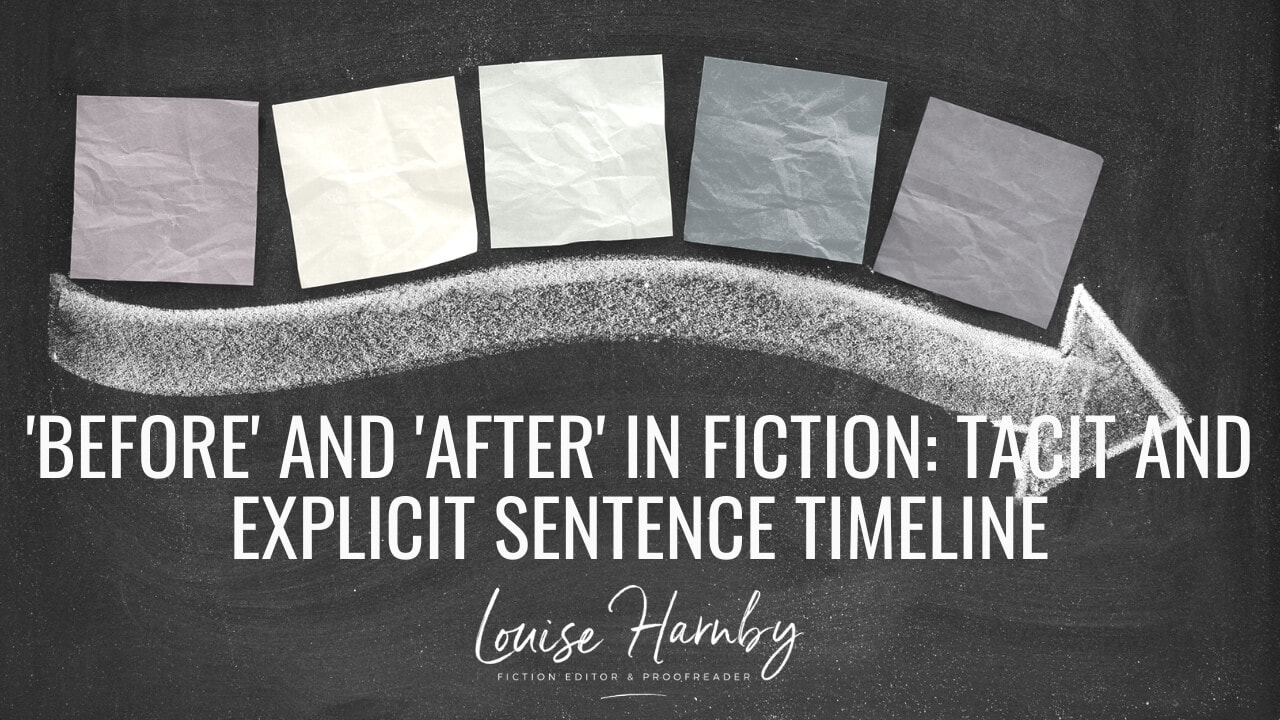
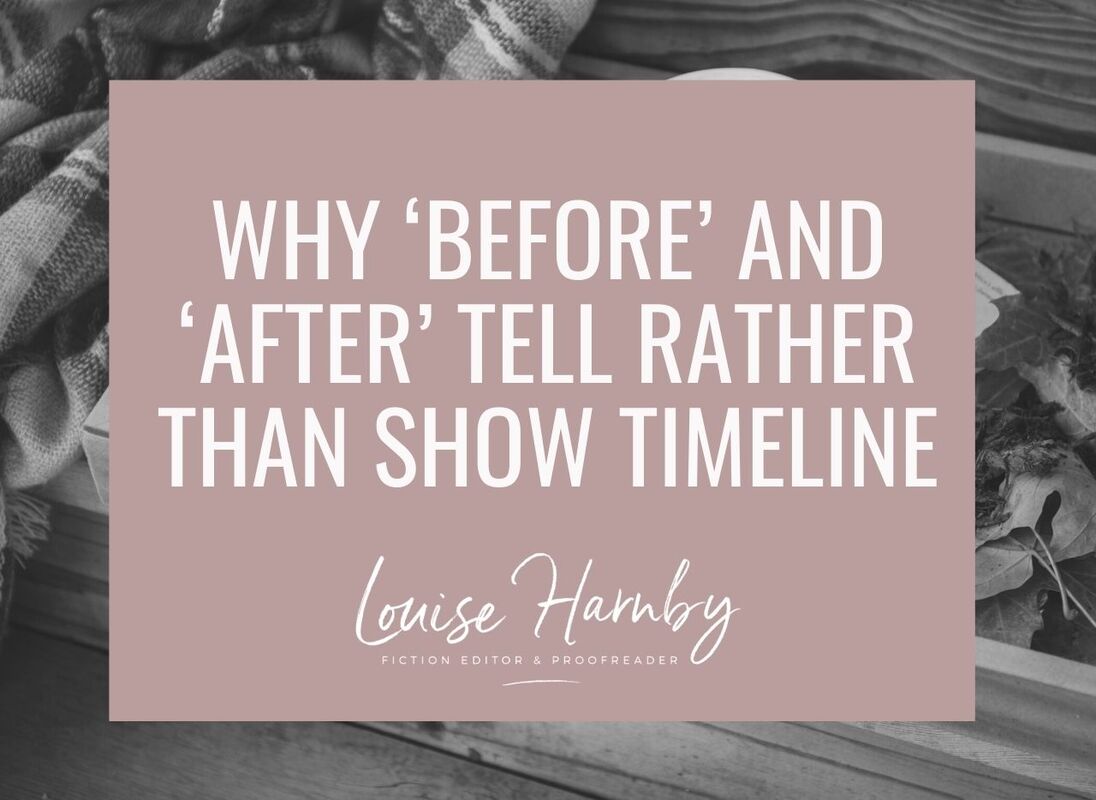

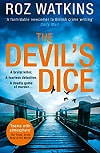

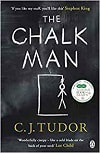

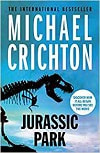













 RSS Feed
RSS Feed





